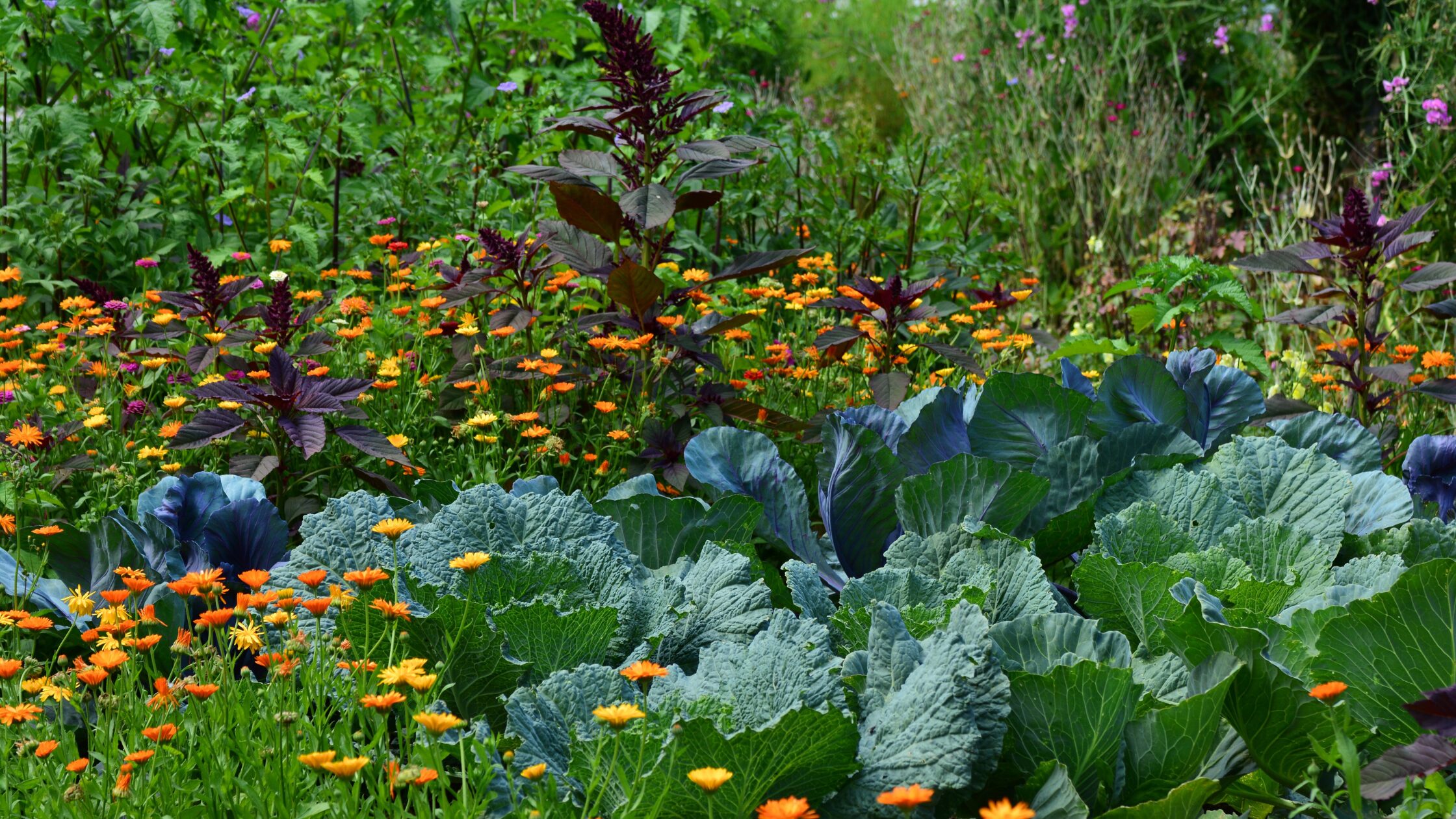.
May is certainly one of the most exciting months in gardening! After the last night frosts, all your pre-grown vegetables can be planted out into the patches and all frost-sensitive vegetables can be sowed, as well. Or almost all. In this article I’ll show you what to do in May in the garden, that is what to plant, sow or even pre-grow indoors. But be careful: often there can still be night frosts in May, usually around the 15th. Before they are over you must not plant out your sensitive vegetables.
Beware of the night frosts
Every gardener knows that even if temperatures can be quite warm in April and May, it’s probable that there will be cold spells around mid-May.
These cold spells are due to cold air from the polar region that can cause night frost. Sensitive plants like tomatoes, zucchini, cucumbers or pumpkins must be kept indoors for that reason. If you plant them out too early and a frost hits them, they’ll die from the cold temperatures and your chance to harvest is gone for this year!
In German folklore, we call those days in mid-May when night temperatures can fall below 0°C the “icy saints”. The name comes from the fact that these cold spells often occur during some days in mid-May when we remember certain saints. The weather phenomenon was then linked to the saints and called “icy saints”. According to the calendar they last from May 11 to May 15. But like all things nature this is not always correct. Sometimes the last night frosts occur in April, sometimes we have them at the end of May. Depending on the region you live in, it may be totally different from here.
If temperatures drop, cover your plants with a winter fleece for gardeners. They will protect your plants from frost damage.
What to do after the last night frosts?
After May 15 the weather should become stable and you can finally plant out your sun-loving vegetables. Tomatoes, eggplants, peppers and chillies as well as cucumbers, zucchini and pumpkins can be planted into the garden. The same applies to herbs and summer flowers that are not hardy.
Always bear in mind though that mid-May is just an orientation date and the weather conditions can be quite different, depending on where you live. It’s crucial, therefore, to keep an observant eye on the weather forecast before deciding when to plant your sensitive vegetables.
Now, everything is growing like mad. Alas, that’s also true for weeds. If you have many weeds, it’s best to start ripping them out now before they become too large or even build seeds. Thankfully, I don’t have many weeds in my garden due to the way I made my patches. It saves me a lot of work!
If your plants have reached a height of about 10 cm, you should mulch them. That means that you cover the soil around them with organic material like lawn cuttings, straw, leaves or wood chips. Thus, the water hardly evaporates and you needn’t water often. Mulch also suppresses weeds – another problem solved!
What to do in May in the garden
What to sow indoors
You can sow these plants indoors and thus pre-grow them to plant them out later in the garden:
- White cabbage
- Brussels sprout
- Kale
- Broccoli
- Kohlrabi
- Zucchini
- Cucumber
- Pumpkin
- Sweet corn
- Winter leek
- Beetroot
- Lettuce
What to sow outdoors
Sow these vegetables directly into your patches:
- Spinach
- Swiss chard
- Chicory
- Rocket salad
- Lettuce
- Radishes
- Beetroot
- (Sugar) Peas
- Carrots
- Parsnip
- Zucchini
- Onions
What to sow after mid-May
- Bush beans
- Runner beans
- Pumpkin
- Cucumber
- Sweet corn
What to plant in the garden
Now you can finally plant these darlings out:
- Potatoes
- Kohlrabi
- White cabbage
- Red cabbage
- Brussels sprout
- Savoy cabbage
- Celeriac
- Leek
- Tomatoes
- Cucumbers
- Eggplants
- Peppers
- Pumpkins
- Zucchini
- Melons
- Sweet corn
- Lettuce
There’s a lot to do in May in the garden. Let’s get out there and start!


0 Comments